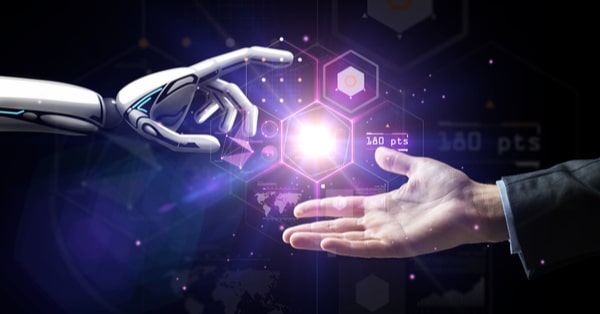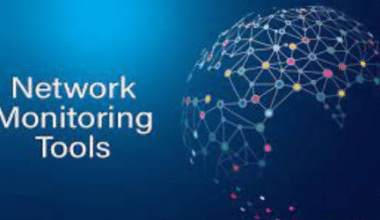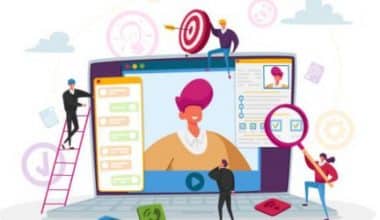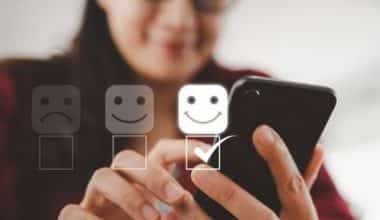It seems that the concept of artificial intelligence (AI) is no longer alien to us. Television, social networks, and movies have been responsible for our vision of what it might look like.
Now, with the emergence of tools like ChatGPT, it’s starting to enter the real world and the world is talking about AI, but do we have a clear idea of what it refers to? Are robots doing robot things? Are people asking their cell phones for answers? Let’s look at it briefly.
There are many questions surrounding artificial intelligence and its use. There are even philosophical dilemmas, but first, we need to be clear about what it’s all about. Artificial intelligence is all about computers using programs to learn – which is why you’ll also hear the term ‘machine learning’.
That’s right, machines store and possess information, process it and their deductive behavior emulates human intelligence. The most surprising thing is that machines learn through repetition patterns, trial and error, and analogies, similar to the way the human brain works.
These processes are fascinating to some and frightening to others, but the use of AI is increasingly shaping the world as we know it today. It seems that all roads now lead to automation and simplification of processes thanks to AI tools.
This is especially important when building a distributed workforce in new territories. Your HR department may not be as familiar with the way of doing business in these places and artificial intelligence can be used to streamline and improve services. By using different types of tools, repetitive and time-consuming tasks have been simplified
Support in recruitment tasks: automation of repetitive tasks
Using artificial intelligence in the recruiting process has been a huge success, allowing long and tedious processes to be simplified and employees’ time saved. Special software for this task automates the search for candidates, discards people that do not match, filters the best CVs, and schedules interviews. All this work, which normally requires hours of time and effort for the staff, is carried out efficiently by the program.
How does it work? Simple. It searches for the best candidates on paper. It takes humans a long time to manually check through many different fields across a number of candidates, but artificial intelligence programs can do this in seconds. Moreover, this first approach is key, as it can be executed through chatbots and e-mails.
Evaluation of candidates. Once filtered, the AI will be in charge of identifying the most suitable profiles, taking into consideration their background, attitudes, and skills, evaluating the tone of voice, and through the resolution of online tests in which the candidate is asked to show their different skills.
Onboarding: AI welcomes you to your new company
As incredible as it may seem, machines can take charge of doing most of the tasks involved in finding the best candidate for a vacancy. Another excellent use of AI is to take charge of the onboarding process at the new company.
We know that a person’s first few weeks are crucial to doing a good job in the company. As soon as an employee is hired, a series of steps begin to make sure they integrate well. Things like getting to know the work culture, the processes to follow, signing documents, training on safety issues, ethics, and company policies.
These AI programs work as a 24/7 assistants for the new employee. When people first start working in an organization, they have many questions that can be answered right away, but others will arise over time.
For this, the system activates a chatbot trained to answer all kinds of questions for the new talent, on topics such as vacation days, flexibility, holidays, how to call in sick, processes to follow, and so on. In this way, the AI program will take care of all the administrative and procedural issues that arise in the first few weeks.
Predictions: it’s time to follow the AI’s advice
AI is also very useful for monitoring employees to recognize potential problems and nip them in the bud. Over time, AI programs can learn to detect the early signs of issues such as dissatisfaction, depression, stress, burnout, or the desire to resign. Once they spot the signs of an issue that may develop into something more serious, this can be flagged up to HR for human intervention. This enables the company to act in time to prevent problems from getting to the stage where employees leave through dissatisfaction or illness.
This represents a breakthrough for HR technology as the so-called Great Resignation has changed the face of employee retention and turnover. With AI programs analyzing and crunching enormous datasets, the efforts of human resources personnel will be able to focus on solutions, since the problem has already been detected.
This is what humans are good at doing and plays to the strengths of both personnel and technology. In the end, employees will be happier, and turnover will be reduced.
Continuous learning: motivation through AI
The use of artificial intelligence in the HR department can also help with allowing employees to develop. The organization must offer staff the possibility of ongoing training for existing skills as well as the opportunity to learn new ones.
As time progresses, jobs will change and adapt as new technology and market conditions emerge. An organization must be able to update its own staff and make them aware of the important challenges ahead.
A great way to make this happen is through continuous learning. This could be successfully achieved through courses, challenges, assignments, and problem-solving, among others, designed specifically for each department of the company.
AI programs can do this easily, and deliver it through chatbots, personalized to individual workers if necessary. Artificial intelligence can act as a high-value academy to learn and help employees and this is, without a doubt, one of the greatest possibilities for AI going into the future.






